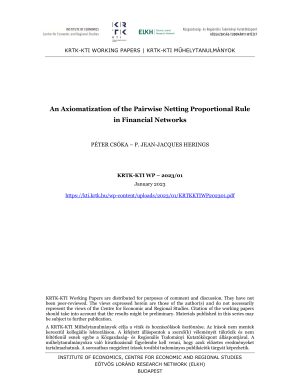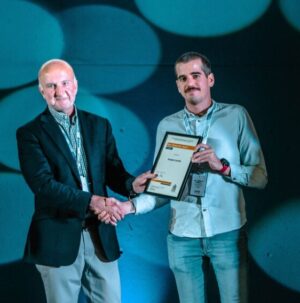We consider financial networks where agents are linked to each other via mutual liabilities. In case of bankruptcy, there are potentially many bankruptcy rules, ways to distribute the assets of a bankrupt agent over the other agents. One common approach is to first apply pairwise netting of agents that have mutual liabilities and next use the proportional rule to determine the payments on the basis of the net liabilities. We refer to this as the pairwise netting proportional rule. The pairwise netting proportional rule satisfies the basic requirements of claims boundedness, limited liability, priority of creditors, and continuity. It also satisfies the desirable properties of net impartiality, an agent that has two creditors with the same net claims pays the same amount to both creditors on top of pairwise netting, and invariance to mitosis, an agent that splits into a number of identical agents is not affecting the payments of the other agents. We demonstrate that if net impartiality and invariance to mitosis, together with the basic requirements, are regarded as imperative properties, then payments should be determined by the pairwise netting proportional rule.











